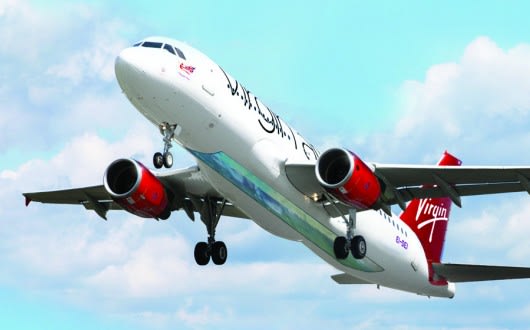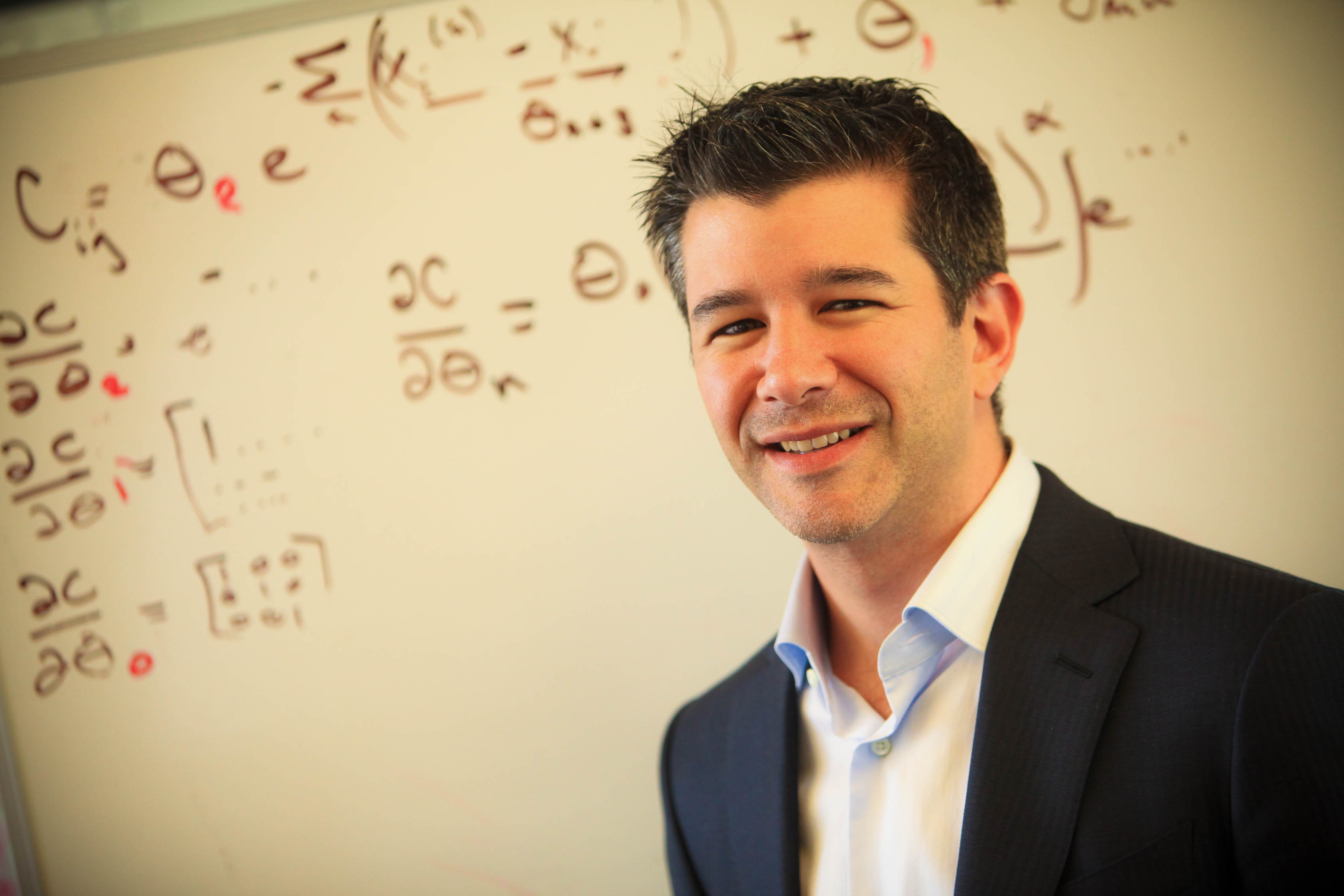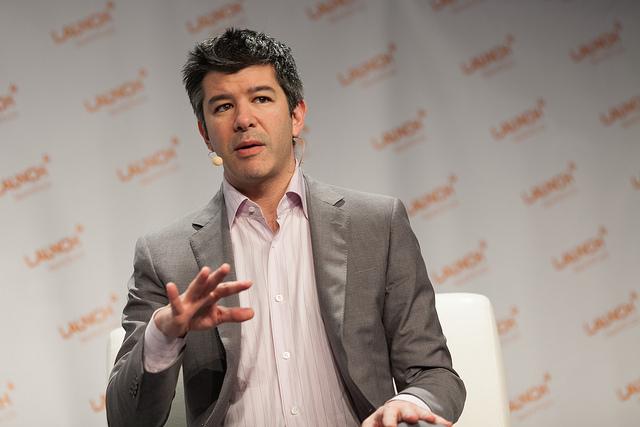When I was writing my first autobiography, Losing My Virginity, I originally thought of calling it Talking Ahead of Myself. This was because one of my most enduring (and hopefully endearing!) habits is talking about plans that are yet to come to fruition. Whenever I come up with an exciting new idea or hear a thrilling new proposal, I want to tell the world about it straight away.
Far from being a problem, talking ahead of yourself can actually be very useful. By setting yourself future goals that many people deem unrealistic, you actually bring them closer to reality. As I am fortunate enough to have talented teams working on these ideas, talking about them publicly sometimes gives them an extra incentive to reach their goals even faster. It can also bring to the table potential investors and in the case of international expansion – local partners.
I find it hard to stop my brain from churning through all the possibilities facing me at any given time. If you are the same, harness this restless energy into positive action. Give your team real encouragement to break down barriers and achieve what others perceive as impossible. As the great actress Audrey Hepburn said: “Nothing is impossible, the word itself says ‘I’m possible’!”
We have found a lot of the best examples of this come from the most unlikely of sources – April Fool’s. We have really embraced the annual tradition of elaborate pranks at Virgin. If your company doesn’t join the fun they are missing out. April Fool’s showcase the human side of businesses, highlight the spirit of innovation and – most importantly – put a smile on people’s faces. In the past we have convinced people we bought Pluto, launched Virgin Volcanic to explore the world’s most active volcanoes and even flew a UFO over London.
One of my favourites was the time we introduced new Virgin Atlantic glass-bottom planes to fly over Scotland. The concept caught the world’s imagination and there was overwhelming support to make it happen. So we immediately set to work trying to turn it from fiction to fact. While glass-bottom planes don’t look practical due to the luggage below, installing giant windows in the roof of the plane for stargazing at night and beautiful vistas in the day does look plausible. Since we will be taking people to see the Earth from space with Virgin Galactic, who is to say something similar couldn’t be done on planes as lighter glass technology develops? We discussed the possibilities for the future with manufacturers and will keep you posted! Regardless, it is an excellent example of taking a seemingly unreachable dream and trying to make it real.

What’s more, these daring attempts to create something new remind people of a company’s adventurous spirit and commitment to disrupting stale industries. When we partnered with Google to launch Virgle – a business dedicated to creating a human settlement on Mars – some sceptics guessed it was an April Fool. However others including some news agencies wanted to broadcast the news and many in the Las Vegas audience where we unveiled it were queuing up to join the first flight. A few years later when we announced Virgin Galactic lots ofpeople thought that was a prank too. On the contrary, we are on the way to making commercial space flights a reality.
….
( https://www.virgin.com/richard-branson/talking-ahead-yourself )
Why billionaire Richard Branson talks about his goals before he has any idea how to accomplish them
Related Posts
- 53Delighted to see so many people sharing my top 10 tips article on the BBC. One of the most rewarding parts of success is being able to share what you have learned to try to help others. Like many people, I learn better through experience than theory. Also, if presented with huge…
- 44With the simple flick of its finger, Angry Birds was the launchpad for the multi-billion pound mobile games industry we see today, but while many see it as a an overnight success story for Finnish startup Rovio, the truth is somewhat different. Speaking to IBTimes UK at Rovio's colourful headquarters…
- 44Let’s start with the premise that Twitch, the video-game watching network, is the next ESPN – you know, the jewel in Disney’s crown that, by itself, is worth $50.8 billion. Like ESPN, Twitch is about live competition, and, like ESPN, Twitch does exceptionally well in the highly desirable young male demographic.1 Obviously…
- 40Where will the music industry be in 20 years, 30 years, 50 years? Before I tell you my thoughts on the matter, you should know that you're reading the opinion of an enthusiastic optimist: one of the few living souls in the music industry who still believes that the music…
- 38I’m looking forward to sharing posts from time to time about things I’ve learned in my career at Microsoft and the Gates Foundation. (I also post frequently on my blog.) Last month, I went to Omaha for the annual Berkshire Hathaway shareholders meeting. It’s always a lot of fun, and…









